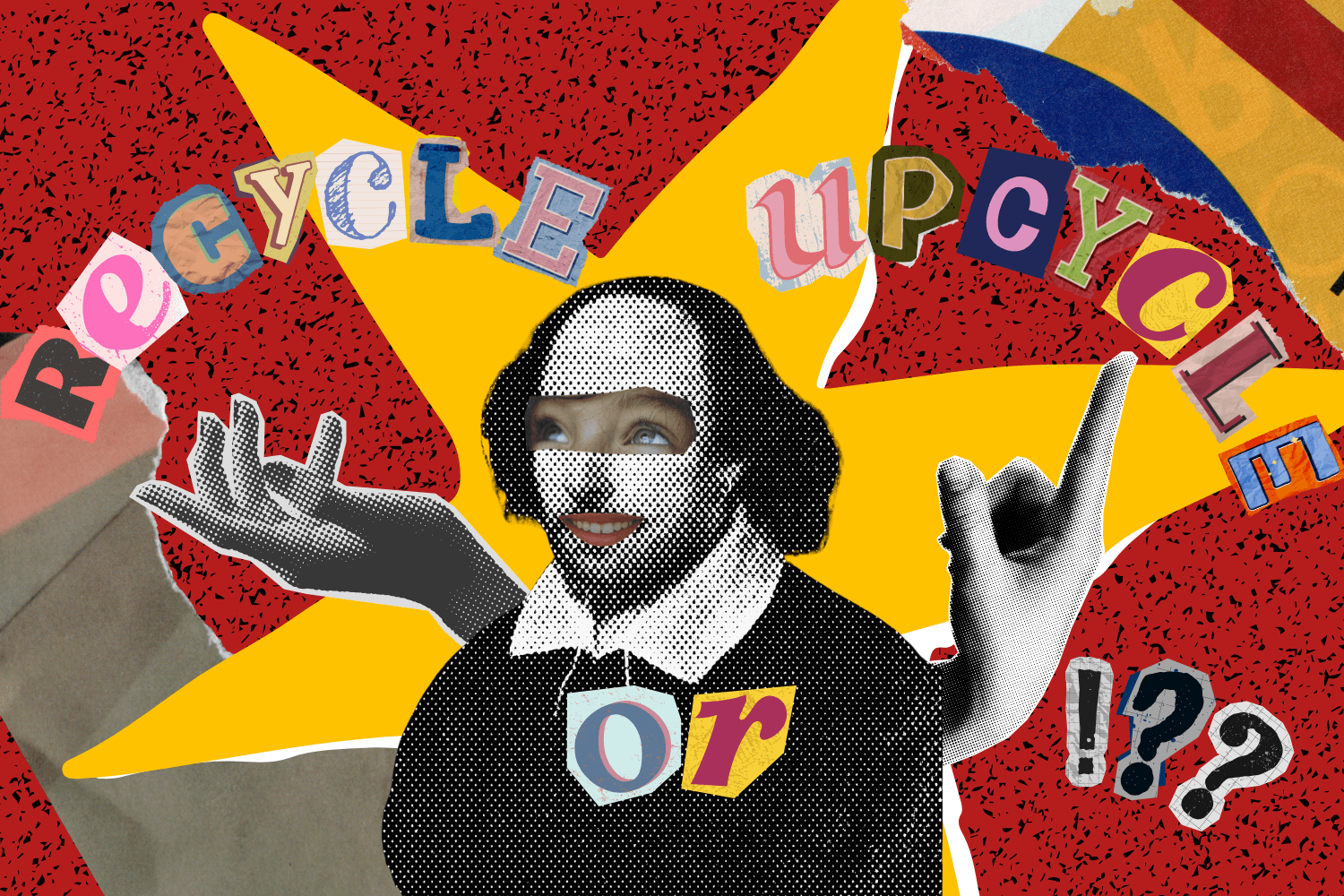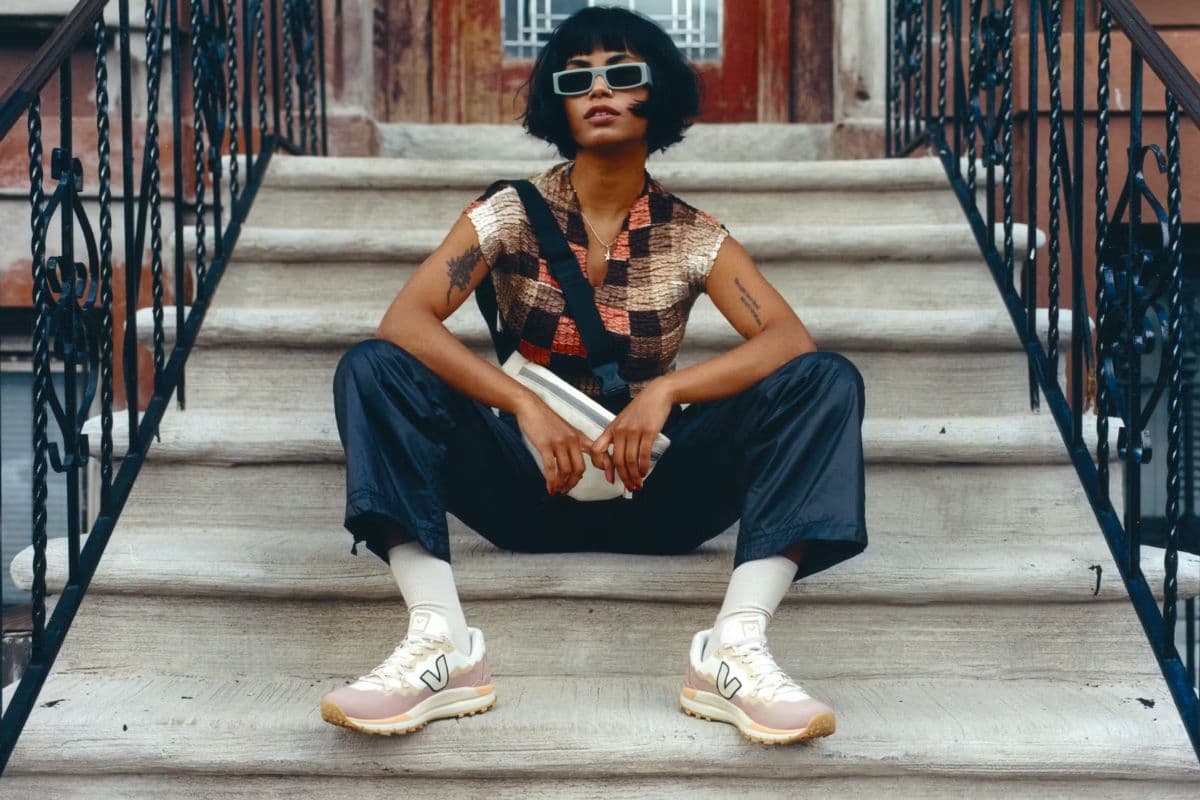In an era where fashion’s speed often outpaces sustainability, a quiet revolution is taking place, one stitch at a time. At the heart of this movement is United Repair Centre (URC), a pioneering organisation on a mission to make garment repair not just relevant again, but aspirational.
Their secret? A seamless blend of cutting-edge technology, radical inclusivity, and a genuine belief that a repaired jacket can change the world.
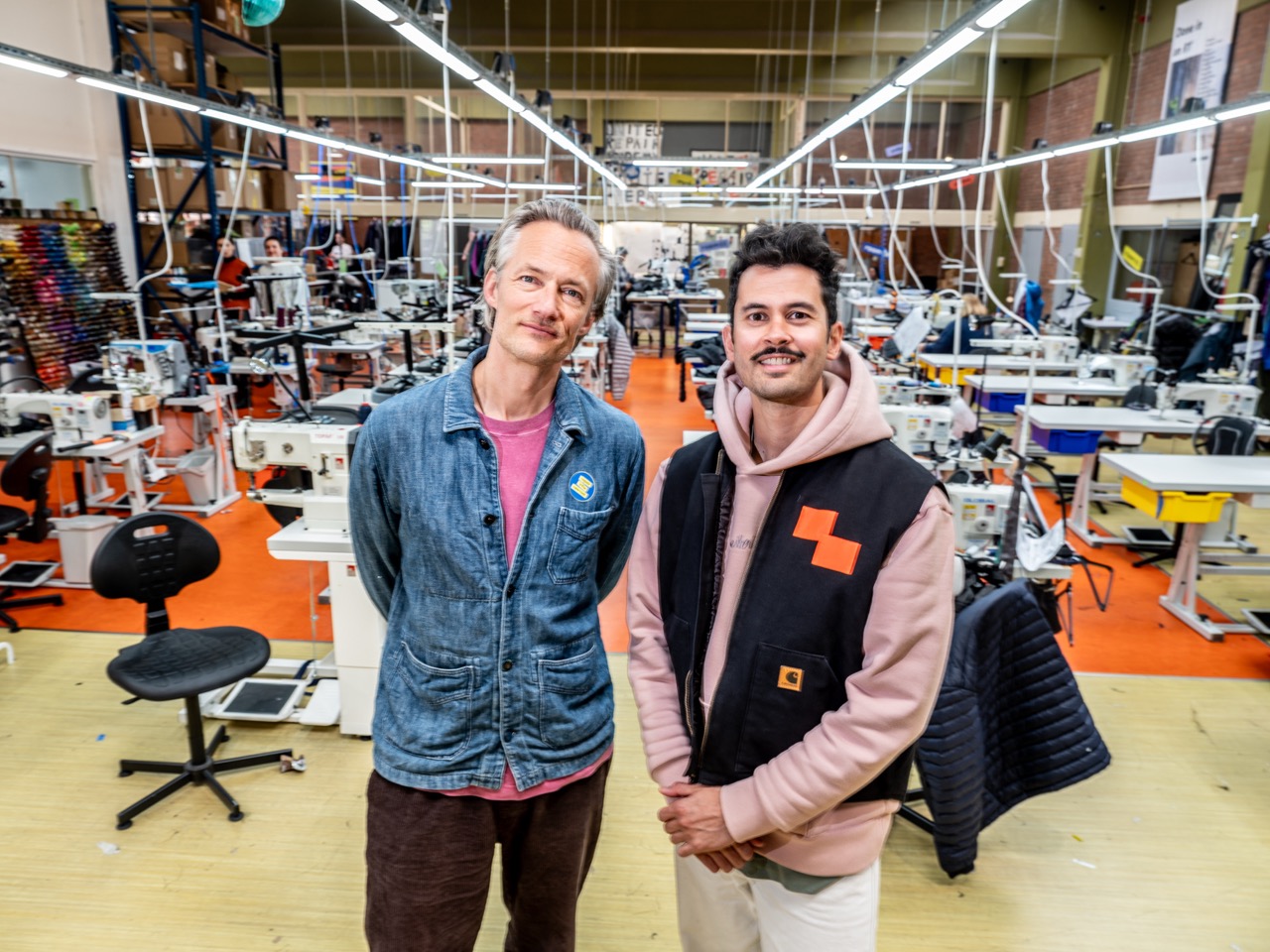
From Passion to Purpose
The story of URC is stitched together with threads of commercial savvy and social design. Co-founder Paul Kerssens came from a background in renewable energy and tech-focused startups, while Thami Schweichler brought deep experience in social design and refugee-led textile innovation through Makers Unite.
Their shared vision, to transform repair from a necessity into a movement, was sparked by a single question from Patagonia: Can you help us repair clothes? That question set off a chain reaction.
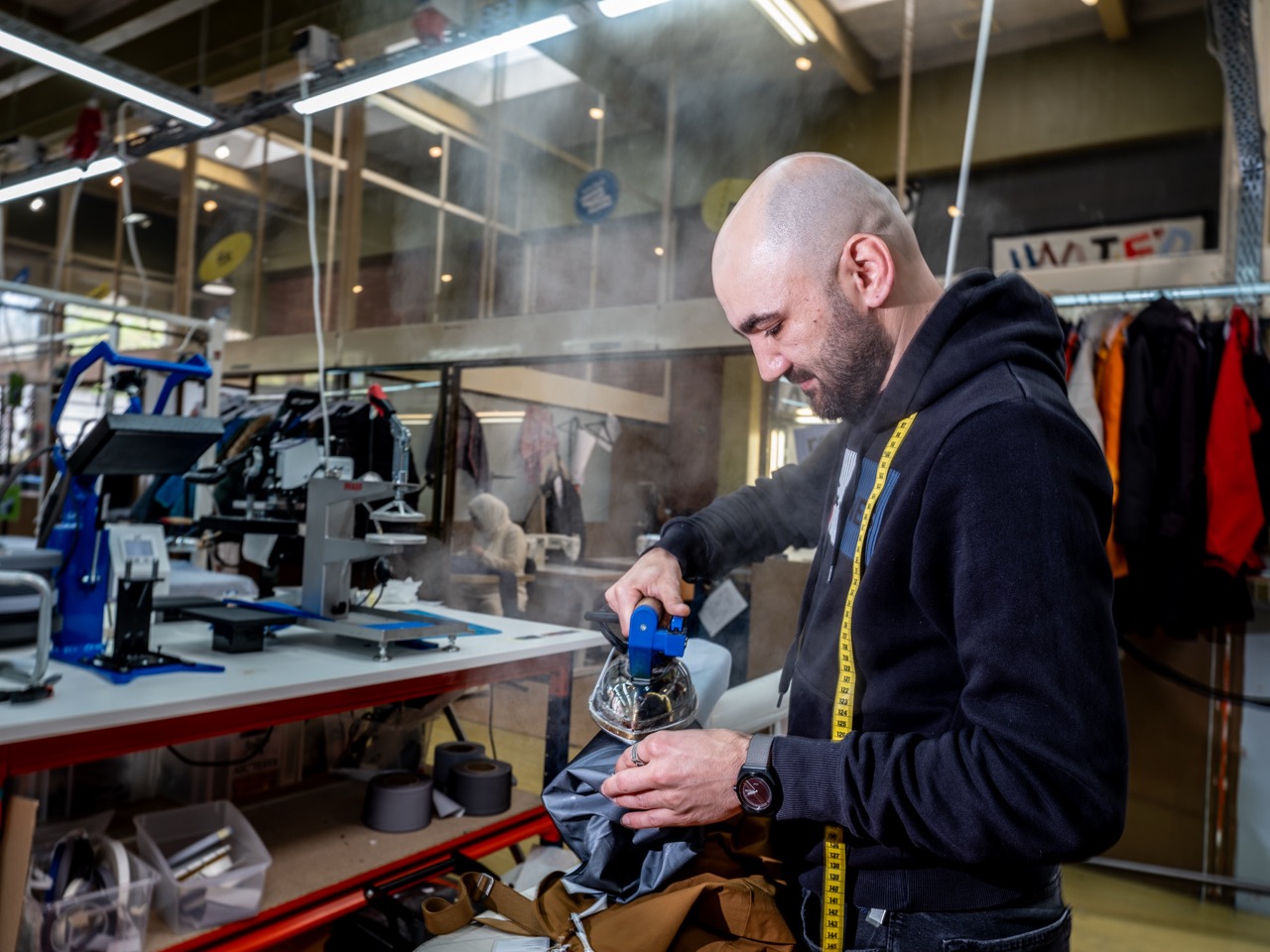
What began as a service pilot evolved into a full-scale enterprise with an audacious goal: to shift the industry’s mindset from replace to repair.
More Than a Mission, A Movement
URC’s model is as practical as it is powerful. It simultaneously reduces fashion’s environmental footprint and creates dignified jobs for people with migration backgrounds, many of whom have struggled to find stable work in new countries.“It’s not just about creating jobs,” said Schweichler.
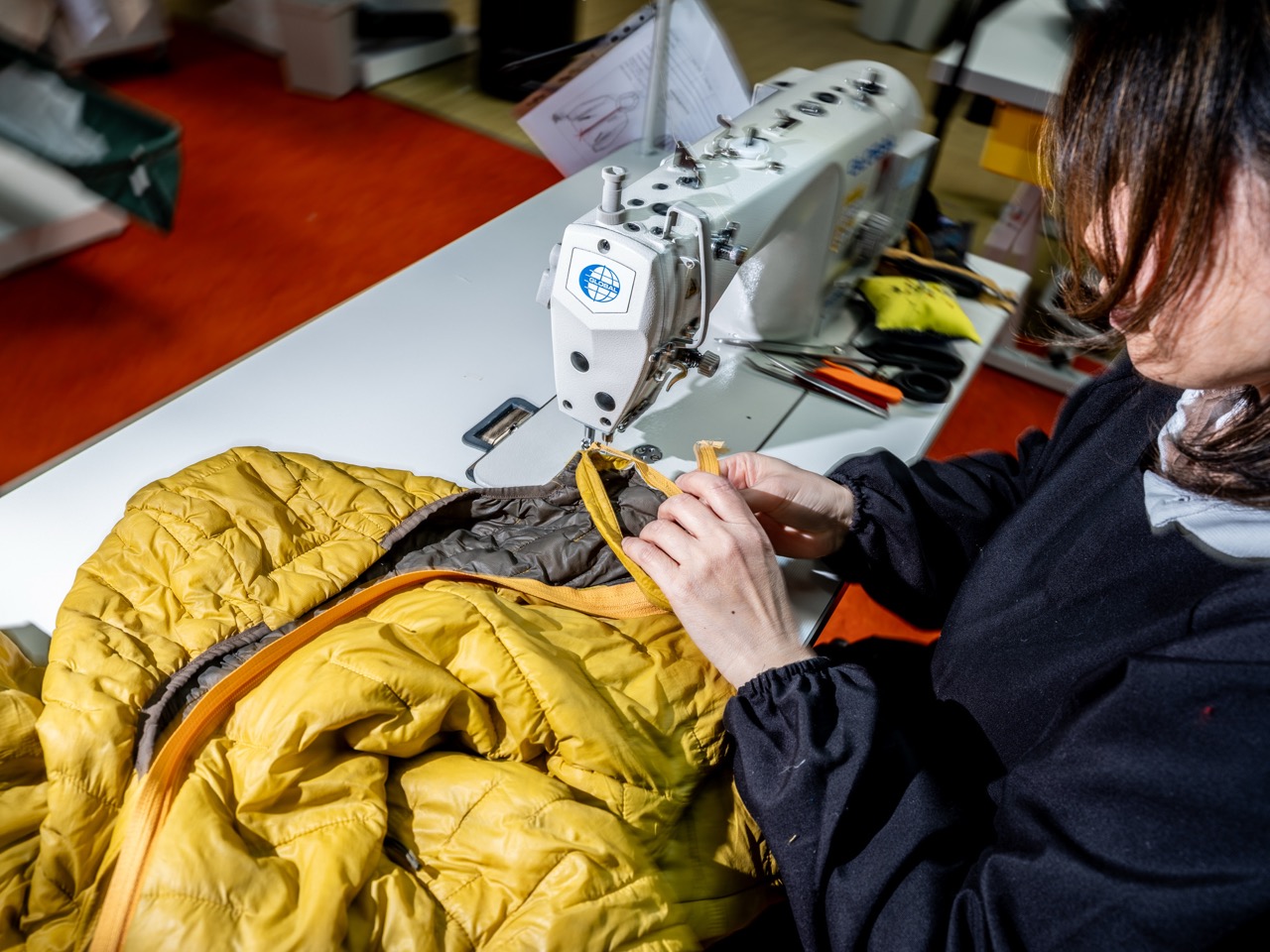
“It’s about creating a place where people can rebuild their lives. For many of our team, this is their first real opportunity to feel safe, useful, and celebrated.”Simple rituals like shared lunches and birthday celebrations are woven into the company’s culture.
“We know some of our team members don’t have family here,” added Kerssens. “So we make work feel like family.”
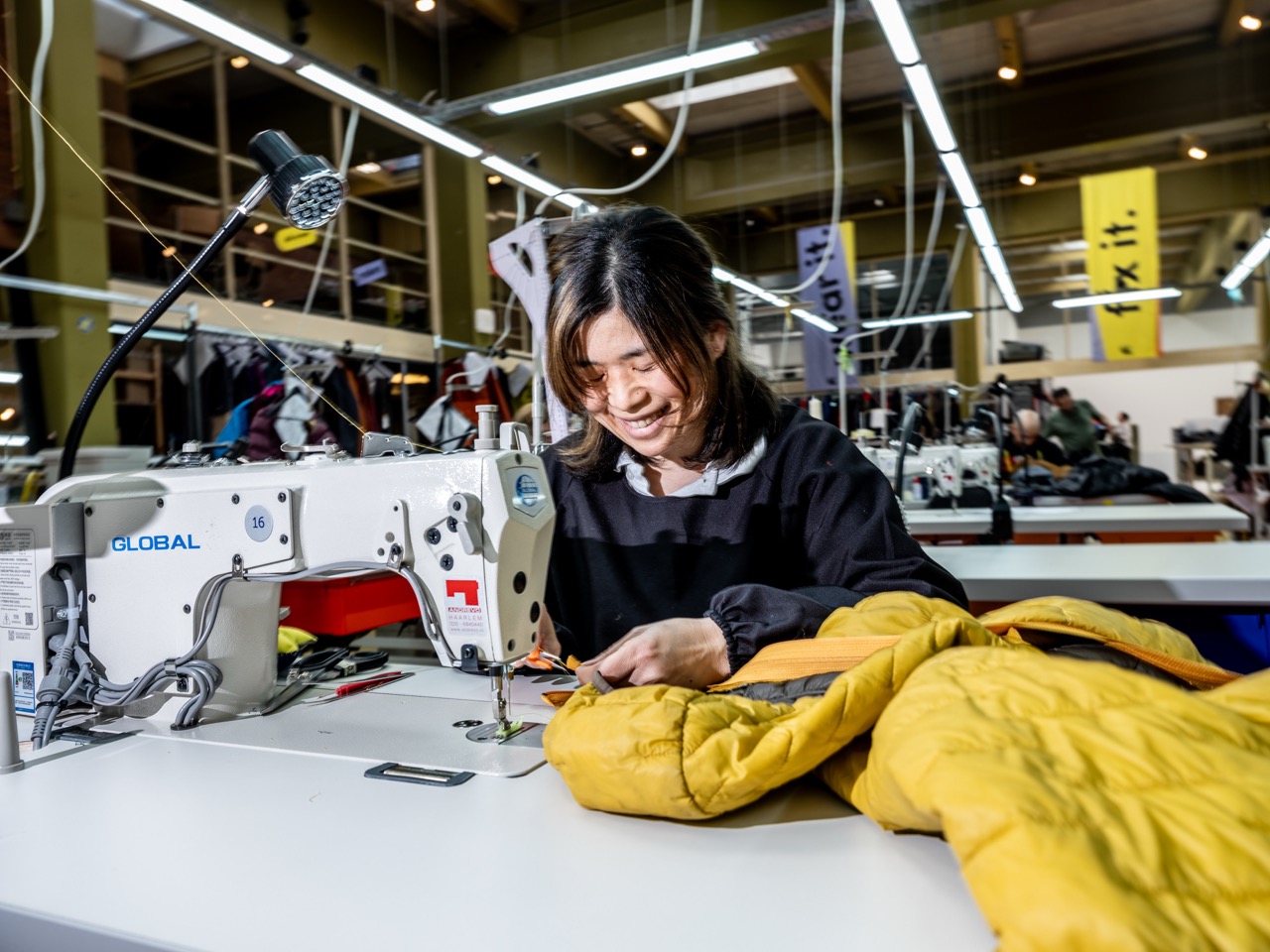 For the team, URC is more than a workplace, it’s a second chance. And for customers, it’s a chance to reconnect with the emotional value of the things they wear.
For the team, URC is more than a workplace, it’s a second chance. And for customers, it’s a chance to reconnect with the emotional value of the things they wear.
“There’s this emotional moment when someone sees their old jacket beautifully restored,” said Kerssens. “It’s no longer just clothing, it’s a memory brought back to life.”
Repair as a Lifestyle
While fast fashion made repair unfashionable, URC is helping make it cool again. Their tagline, Repair is the New Cool, isn’t just a marketing slogan; it’s a cultural provocation.
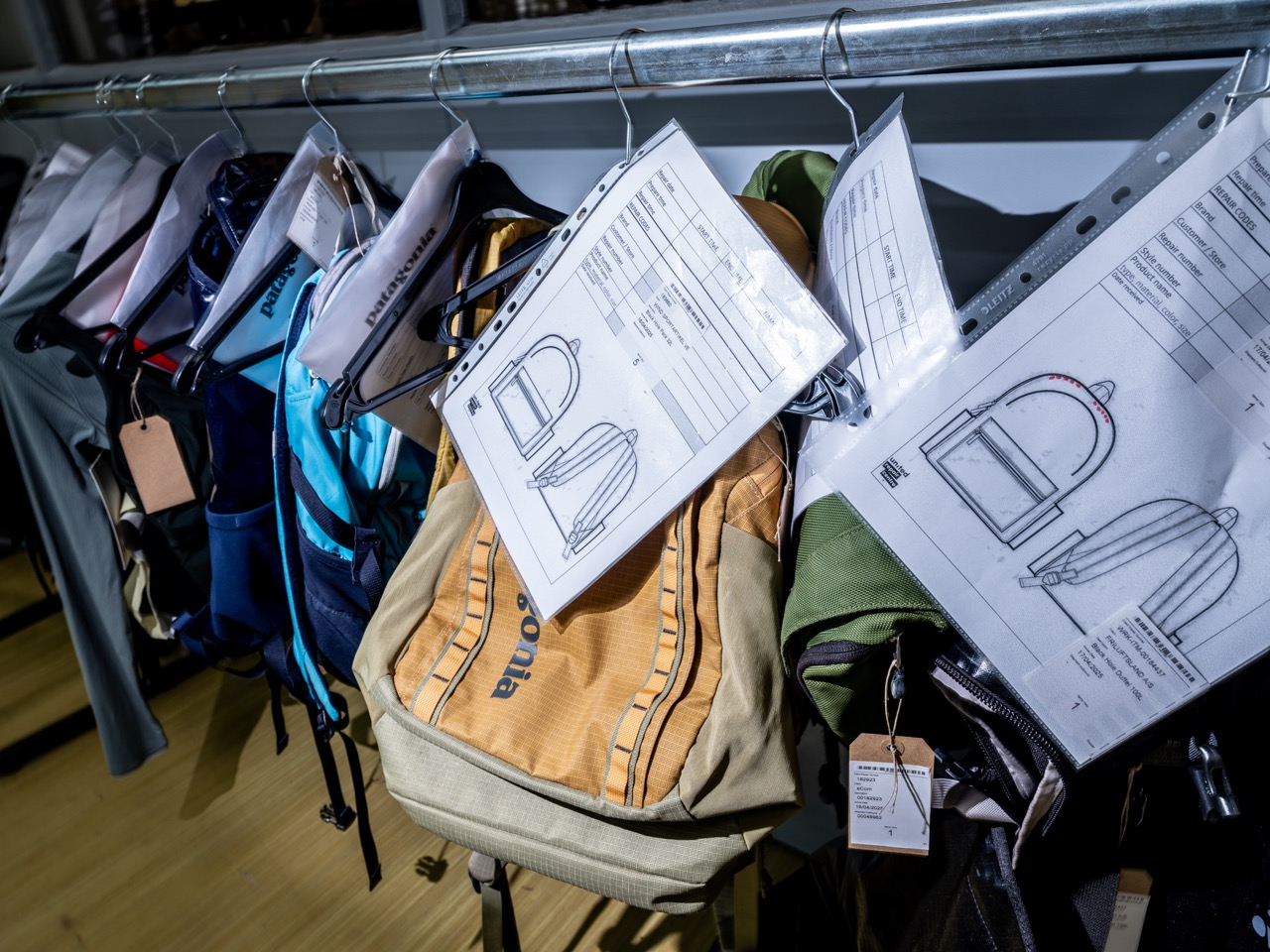
“Fifty years ago, people repaired their clothes because they were made to last,” Schweichler explained. “Fast fashion disrupted that. But we believe repair can become cool again, just like how being vegan went from fringe to mainstream.”
Collaborations with brands like The North Face, Arc’teryx, Lululemon, and Rapha are proving the point. Through in-store repair activations and curated pop-ups, like the packed London launch with The North Face during Climb Fest, URC is helping brands turn repair into a brand asset.
Consumers aren’t just open to repair, they’re lining up for it.
Tech as the Thread
Repair might be a traditional craft, but URC’s engine is fully digital. Their custom tech platform turns each repair into a data-rich process, streamlining logistics, tracking sustainability impact, and feeding back insights to brands on product design and customer satisfaction.
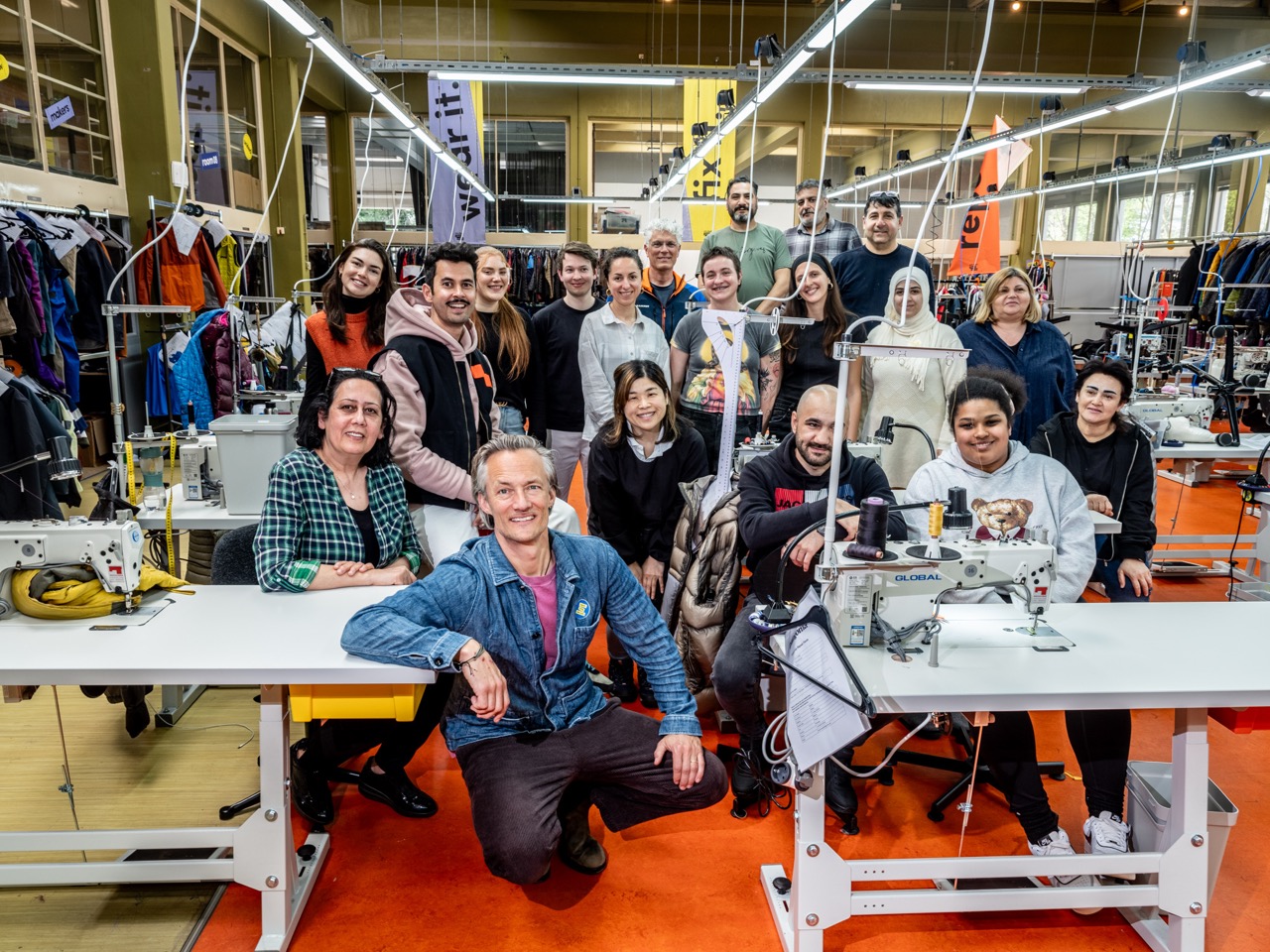
“Every repair is unique,” said Kerssens, “so we digitised everything surrounding the manual process, administration, communication, tracking, to make it efficient and scalable.”
Brands integrating URC’s platform have seen repair customers exhibit two to three times higher lifetime value and significantly higher Net Promoter Scores. URC’s system doesn’t just save garments, it delivers measurable business value.
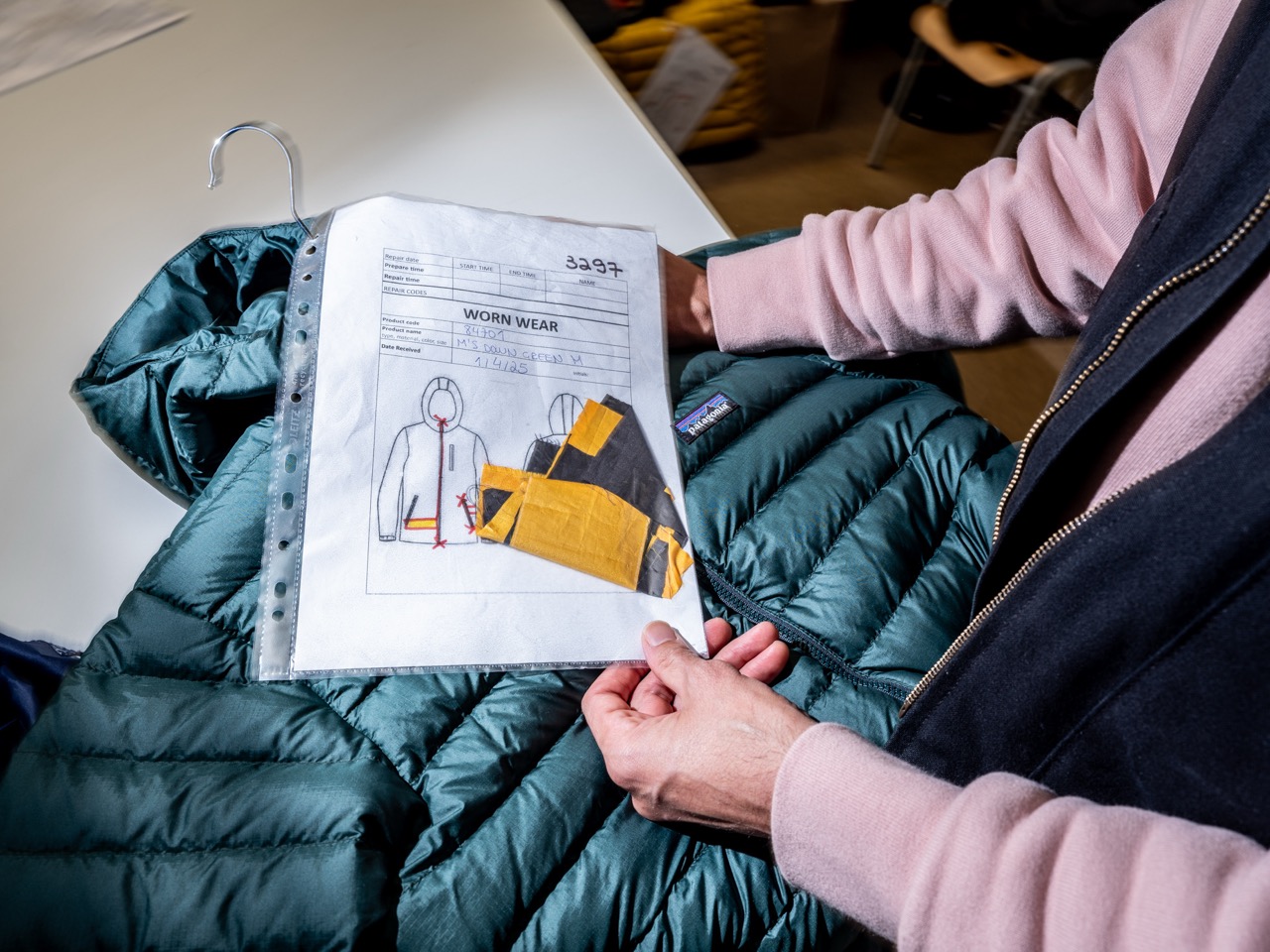
The platform is now expanding to serve a wider repair ecosystem, empowering other providers with the tools to scale circular fashion from the inside out.
Challenges and Conviction
Pioneering a repair-first fashion model isn’t without friction. Convincing brands to shift internal KPIs, hiring workers often labelled “unemployable,” and navigating industry-wide inertia is no easy task.
“We were told it was impossible,” the team admits. “Now we’re just proving people wrong, one stitch at a time.”
Their approach blends innovation with insistence, believing that circular fashion can’t just serve the few. It has to work for everyone. “Sustainability will only be sustainable when it’s accessible,” said Schweichler. “Repair has to be as easy, and as normal, as buying new.”
What's Next?
URC’s ambitions are big, but deeply grounded. The team is scaling across Europe, building strategic partnerships across sectors, and empowering local actors to take the lead in their own regions.
Through their tech, their values, and their people-first approach, they’re laying the foundation for a truly global repair movement.
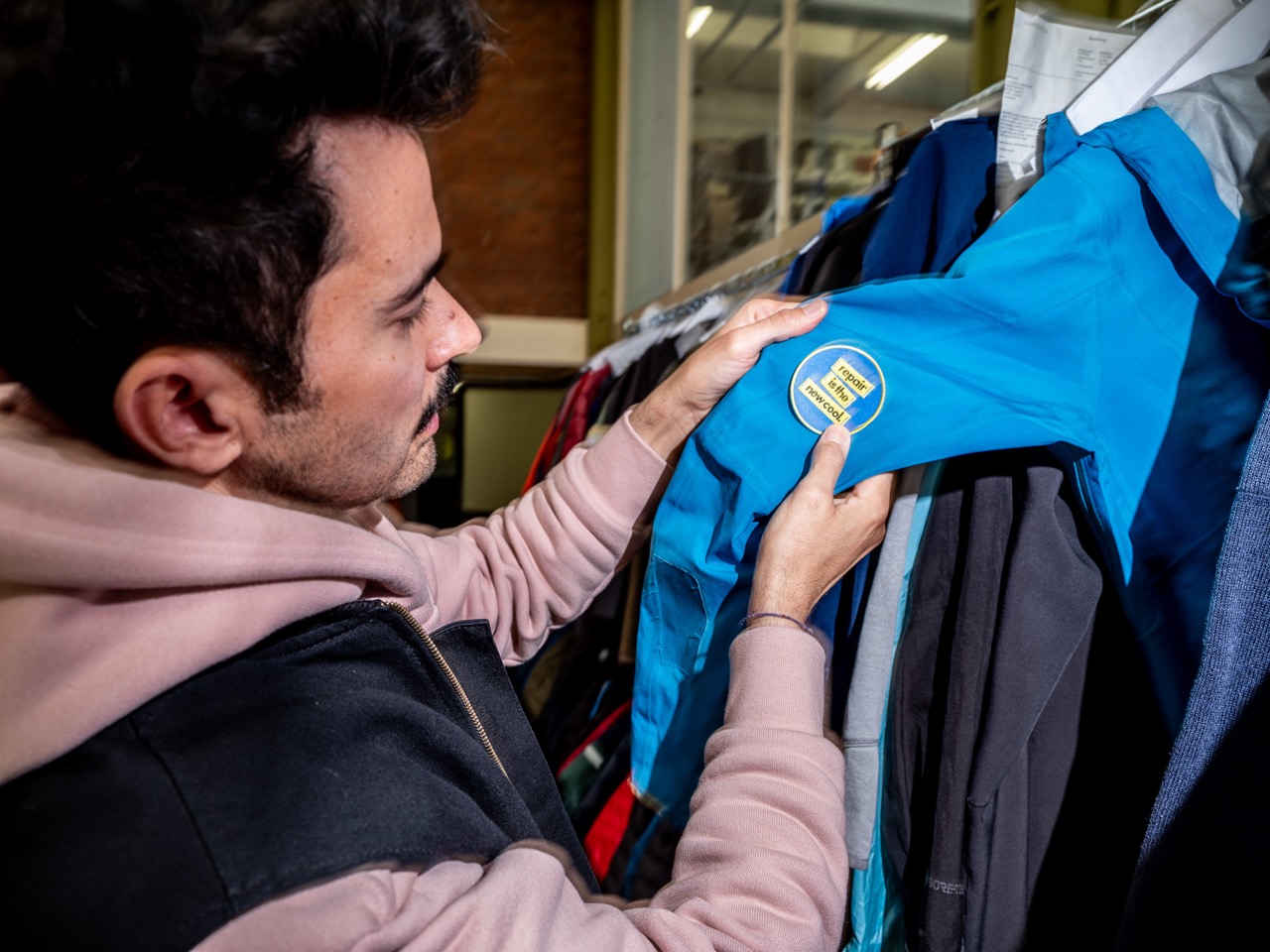
The vision? A fashion economy where repair is standard, not niche. Where clothing tells stories instead of ending up in landfills. And where care, for garments, for people, and for the planet, is stitched into every seam.
What is the United Repair Centre (URC)?
URC is a pioneering organization that transforms garment repair into a scalable, tech-driven, and socially inclusive solution for the fashion industry.
Who founded United Repair Center?
URC was co-founded by Paul Kerssens and Thami Schweichler, bringing together expertise in tech startups, renewable energy, and refugee-led textile innovation.
Why is repair being called “the new cool”?
URC is helping reshape public perception—turning repair from a utilitarian fix into a fashionable, desirable act, much like how veganism or thrifting became mainstream.





